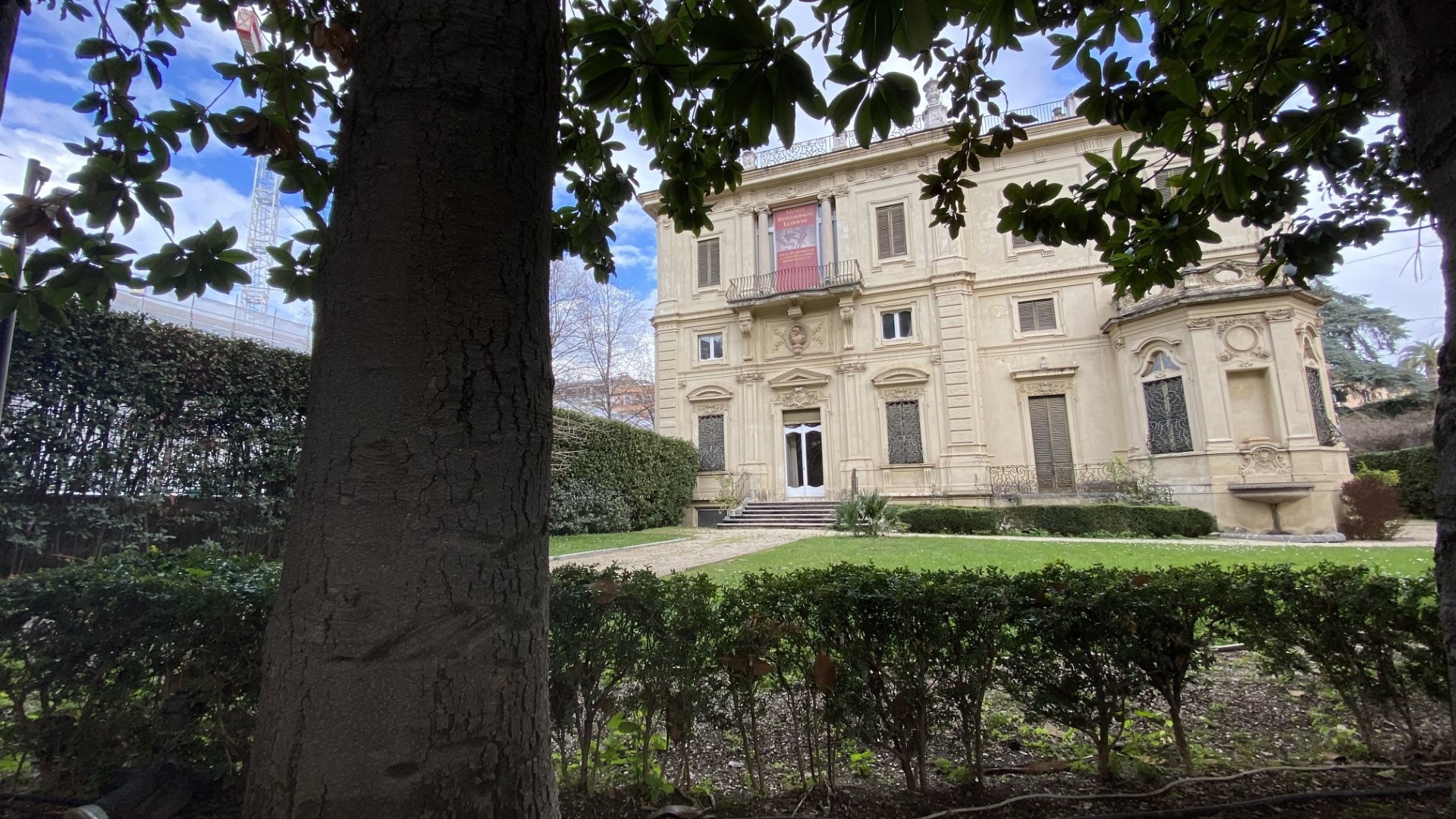
Built in 1901 by architect Giovanni Battista Giovenale in Baroque style with Art Nouveau influences, the Boncompagni Ludovisi palace houses the Museum for Decorative Arts, Costume and Fashion of the XIX and XX centuries. It was founded in 1995, thanks to the generous bequest of Princess Blanceflor de Bildt Boncompagni, who donated it with its furnishings to the Italian State.
Intended to house art objects, decorative arts, and architectural ornamentation, fashion, costume, design, from the late 18th to the entire 20th century, the House Museum that belonged to the Boncompagni Ludovisi family has works ranging from Art Nouveau to Futurism to Decò and Roman modernism. Great importance is given to the history of costume and fashion through numerous dresses by famous designers and important tailors that illustrate the evolution of Italian style from the late 19th century to the last decades of the 20th century.
The Museum houses a rich collection that comes from numerous private bequests and evokes the lively cultural climate of the early decades of the 20eth century, years in which the villa was frequented by prominent people.
The delightful building displays several thematic rooms. La Galleria degli arazzi is adorned with precious Flemish tapestries of the 17th century. The Sala della culla dei principi Savoia presents the extraordinary cradle in bronze, silver, and copper by the Roman sculptor Giulio Monteverde. The Salone delle vedute is decorated with the portraits of Princess Alice Blanceflor Boncompagni Ludovisi De Bildt and her mother, Alessandra Keller. This room also houses the clothes donated by the prestigious Roman high fashion houses such as Sarli, Gattinoni, Valentino, Raffaella Curiel, Marella Ferrara, Lorenzo Riva, and Renato Balestra. Another room houses the portrait of Pope Gregorio XIII Boncompagni, as well as an elegant 17th-century desk on which a globe by the famous Strasbourg engraver, Matthäus Greuter (1554-1638) is placed.
The room Il Modernismo is dedicated to the eclectic and versatile artist Duilio Cambellotti. Here, you can admire the large stained glass window I Guerrieri, created by the Vetreria Picchiarini.
In the room Tra Futurismo e Déco, you can find paintings by Giacomo Balla, Gian Emilio Malerba, Vinicio Berti, and photographs by the Hungarian Oskar Brázda, as well as a carpet by Prampolini.
Finally, the palace houses other rooms, including the Sala con la Primavera, the Sala degli Affetti, the Sala degli anni Trenta, the bathroom decorated in yellow and green marble by the prince for his beloved wife, the Piccolo Atelier della Moda with handcrafted hats and shoes. Last but not least is the La Palma della Moda. It is dedicated to the fascinating Palma Bucarelli, the unforgettable Soprintendente of the Galleria Nazionale di Arte Moderna, who donated her prestigious wardrobe to the Museum in 1996.
Information
From Tuesday to Sunday
From 9.00 to 19.30 (last admission at 18.30)
Closed on Mondays, 25 December
 Condividi
Condividi
Location
To find out about all accessibility services, visit the Rome accessible section.











































